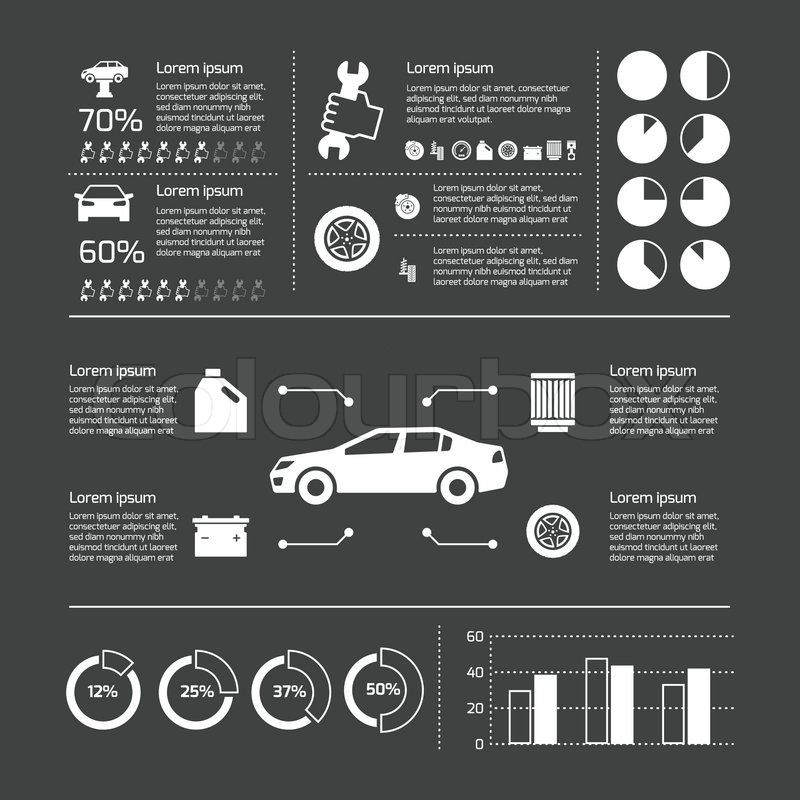Interpreting Your Automobile'S Alert Lights: Their Real Effects
Interpreting Your Automobile'S Alert Lights: Their Real Effects
Blog Article
Created By-Lim Forbes
When you're behind the wheel, those beautiful caution lights on your control panel can be a little bit complicated. Do you know what they're attempting to tell you about your car's health and wellness? Understanding the importance of these lights is essential for your security and the longevity of your automobile. So, the next time among those lights pops up, would not you intend to understand its message properly and take the necessary steps to resolve it?
Common Warning Lights and Interpretations
Recognize typical warning lights in your vehicle and comprehend their meanings to ensure risk-free driving.
commercial vehicle detailing of the most typical warning lights consist of the check engine light, which indicates concerns with the engine or emissions system. If this light begins, it's important to have your car inspected promptly.
The oil stress alerting light indicates reduced oil stress, requiring instant focus to avoid engine damages.
A flashing battery light may recommend a faulty billing system, possibly leaving you stranded otherwise dealt with.
The tire pressure surveillance system (TPMS) light informs you to low tire pressure, influencing vehicle security and gas effectiveness. Overlooking this can lead to dangerous driving problems.
The abdominal muscle light suggests a problem with the anti-lock stopping system, compromising your capability to quit quickly in emergencies.
Lastly, the coolant temperature cautioning light warns of engine overheating, which can result in severe damage otherwise resolved swiftly.
Recognizing these common warning lights will certainly help you resolve issues immediately and maintain risk-free driving problems.
Importance of Prompt Interest
Recognizing the typical caution lights in your auto is only the first step; the relevance of immediately resolving these cautions can't be stressed enough to ensure your safety and security on the road.
When a warning light brightens on your control panel, it's your auto's way of communicating a possible issue that requires interest. Overlooking https://www.prnewswire.com/news-releases/fleetpride-acquires-portville-truck--auto-repair-of-portville-new-york-301506049.html can lead to more serious troubles down the road, endangering your security and possibly costing you a lot more out of commission.
Prompt attention to cautioning lights can stop failures and mishaps. For instance, a blinking check engine light can show a misfire that, if left ignored, might create damages to the catalytic converter. Addressing https://angelokgavq.blogitright.com/32217552/eco-friendly-auto-detailing-products-you-must-attempt without delay can save you from a costly repair work.
Likewise, a brake system advising light might signal low brake liquid or used brake pads, important parts for your safety when driving.
Do It Yourself Troubleshooting Tips
If you notice a caution light on your control panel, there are a couple of do it yourself troubleshooting pointers you can try prior to looking for specialist assistance.
The very first step is to consult your automobile's handbook to comprehend what the particular warning light shows. Sometimes the problem can be as easy as a loosened gas cap triggering the check engine light. Tightening the gas cap may settle the problem.
Another common problem is a low battery, which can set off different cautioning lights. Checking https://connernjcxr.idblogz.com/32643571/assess-your-lorry-s-requirements-to-discover-the-ideal-car-describing-solution-for-you-however-which-variables-will-absolutely-influence-your-choice for rust and ensuring they're secure may repair the issue.
If a warning light continues, you can attempt resetting it by detaching the car's battery for a few minutes and then reconnecting it. Furthermore, inspecting your automobile's fluid degrees, such as oil, coolant, and brake liquid, can aid troubleshoot advising lights connected to these systems.
Verdict
Finally, comprehending your vehicle's caution lights is important for maintaining your vehicle running efficiently and securely. By without delay attending to these signals and recognizing what they imply, you can avoid costly fixings and possible malfunctions.
Remember to consult your cars and truck's guidebook for particular information on each advising light and take action accordingly to make sure a trouble-free driving experience.
Stay educated, stay risk-free on the road!
